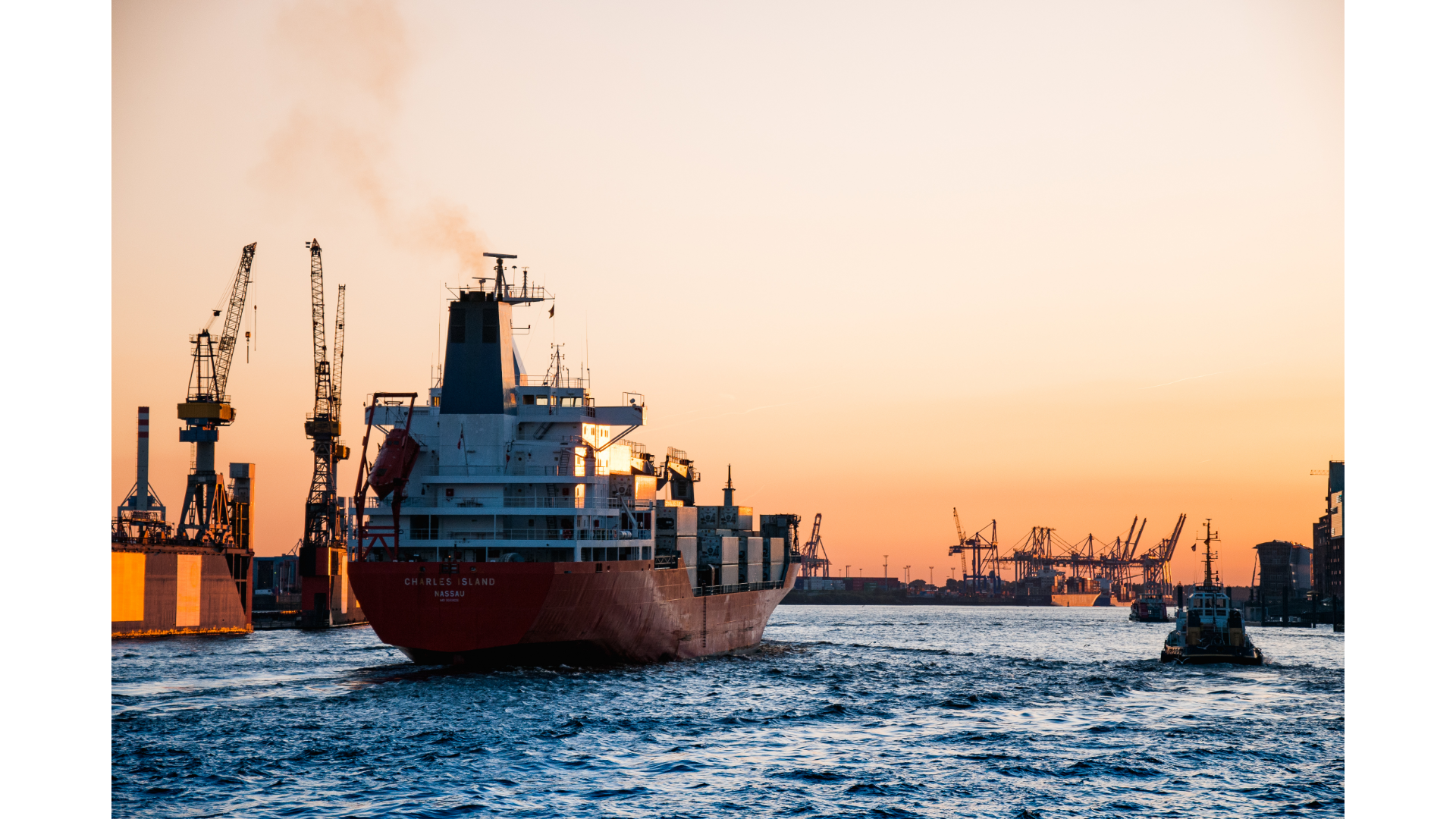Are We Just Scrubbing the Surface? A Wake-Up Call for the Shipping World
Pause—just for a beat. Think. Really think.
Where is this all headed? I mean, sure, the exhaust gas cleaning systems (scrubbers, if you prefer the nickname) are humming, whirring, doing what they’re “supposed” to do. Numbers check out. Boxes ticked. But is it all as solid as we pretend it is?
Somewhere in the back of your mind—if you’re honest—you’ve felt it. That uneasy itch. Like we’re patching leaks with duct tape on a steel hull. You comply. I comply. But are we progressing, or just cleverly delaying collapse?
We need to talk. Not about specs or ISO standards (though, yes, I know them too well), but about the path. The one we’re blindly cruising down—maybe at 14 knots, maybe 18 if the wind’s behind us. And what happens if that path… doesn’t go where we think it does?
1. Legal, but Lethal (Sort of)
Let’s not dance around it. Open-loop scrubbers technically do the job. Air becomes cleaner. Sulfur’s down. Applause all around, right?
Except—wait. Where does all that stuff go? Right. Into the sea. Literally flushed out like it’s someone else’s problem. We trade air pollution for water pollution and convince ourselves it’s an improvement. It’s like throwing trash behind the couch and saying the room’s clean.
I’ve seen it firsthand—Shanghai, early morning haze—crew staring at the water like they’re not sure what’s bubbling underneath. Discomfort, quiet, unspoken.
Ports are catching on. Singapore said “no more.” Norway’s fjords? Off-limits. Canada’s getting twitchy about it too. If you think these bans won’t spread—well, history suggests otherwise. Remember when single-hull tankers were “standard”?
An idea: Close-loop systems. More expensive, yes. Messier to install. But cleaner. Smarter. Less likely to make regulators and your grandkids mad. Or go radical—ditch the scrubbers entirely. Go methanol. Go LNG. Heck, go slow-steaming if you must, but stop pretending this path doesn’t have consequences.
2. The Cheap Trap (A Race to the Bottom?)
Okay, let’s be brutally honest for a second. We chase cost like moths to a flame. I get it. I’ve done it. Everyone’s done it. You save a couple hundred grand on a retrofit, pat yourself on the back, move on. The accountant’s happy. The board’s asleep. But then…
Stuff breaks. Sensors glitch. The pH balance is all wrong. Nobody on board knows what the blinking red light means (seriously—why is it always blinking?). So now you’re dry-docking in the middle of peak cargo season, bleeding dollars by the hour, and wondering why you didn’t just spend the money upfront.
Real talk: A friend—captain of a Panamax—lost 7 days last fall because of a busted dosing pump. One part. Seven. Expensive. Days. Scrubber was cheap though! At first.
So maybe—just maybe—we stop thinking in spreadsheets and start thinking in seasons. Where do you want your fleet to be 3 years from now? Or 8? Choose gear that lasts. Train people properly. Pay now or cry later—it’s more than a cliché; it’s operational law.
3. Passive Systems Can’t Fix Active Problems
Scrubbers are machines. Brilliant ones, even. But machines don’t think. They don’t adapt. And they sure don’t report themselves when they start degrading.
And yet—what do most operators do? Install the system, log the manual, and move on like it’s a coffee machine. (Side note: even coffee machines get more love—at least you clean them weekly).
So what happens? Filters clog. Valves corrode. Software hiccups. Emissions rise, unnoticed. Until, oops—port inspection. Surprise fine. Possible detention. And now your “compliant vessel” is blacklisted in Rotterdam.
It’s wild, really. We obsess over voyage optimization, ECA zones, freight indices—but neglect the beating heart of our compliance strategy.
What’s better? Continuous monitoring. Predictive maintenance. A crew that doesn’t just know how to operate the thing, but actually understands it—how it thinks, when it falters, what it needs. Give your chief engineer the resources—not just the responsibility.
4. We Can’t Greenwash the Ocean (Even If It Looks Blue)
Let’s talk marketing—or as I call it, the great green smokescreen. “Eco-compliant vessel.” “Sulfur-free operations.” “Sustainable shipping.” Looks good in bold font on a brochure.
But what happens when the cargo owners start asking questions?
It’s happening already. IKEA, Maersk, even Amazon—they’re all poking around, asking about actual emissions, real impact. Suddenly, that open-loop scrubber that dumps washwater near the Maldives doesn’t sound so chic. PR disaster incoming.
And environmental groups? They’re not stupid. They’re using satellite data, AI models, even crowd-sourced tracking apps to expose the truth. One video—just one—of oily discharge off the hull, and you’re toast on Twitter. Or TikTok. Or whatever’s next.
Don’t greenwash. Go green. (Or at least… less dirty?) Publish data. Embrace transparency. Talk about your flaws, your journey, your roadmap. People believe progress. They distrust perfection.
5. The Danger of Waiting for a Memo
I’ve met too many people who say, “We’ll fix it when the IMO tells us to.” Really? That’s like saying you’ll patch the lifeboat after it sinks.
It’s 2025. The EU just extended its Emissions Trading Scheme to shipping. Carbon pricing is coming—fast. The Carbon Intensity Indicator (CII) is already here and it’s grading your vessels like a strict schoolteacher with a red pen and no patience.
By 2030? Who knows. Scrubbers might be banned entirely. Or taxed. Or obsolete. If your entire compliance plan is based on sulfur… you’ve built a lifeboat for a fire.
Plan now. Not just tech—but mindset. Imagine scenarios. Write failure memos before they happen. Future-proof, not patchwork. Or risk losing more than just fuel savings.
This Isn’t Just Technical. It’s Existential.
I once stood on a deck at 4 a.m., mid-Pacific, stars stretching like code across the sky. Salt in the air, silence all around. And I thought—this world we sail across, this ocean, it’s old. And we—we’re temporary.
So what are we doing with our time here?
The path we’re on is real. It’s tempting, familiar, maybe even profitable. But sometimes, easy roads lead to hard places. Scrubbers are not evil. But the way we’re using them? It’s not enough. Not anymore.
Your Call: Fix Course or Drift
Right now—today—you have a chance to rethink. Ask the ugly questions. Be honest. Brutally, painfully honest. Where does this road lead in 5 years? What happens if you’re wrong?
Don’t wait. Don’t stall. Don’t sink with the crowd.
Re-evaluate your strategy. Audit your systems. Talk to your crew. Talk to your conscience. Lead from the bridge—not the engine room.
Because this ship is moving, whether we’re ready or not.
And the future? It doesn’t wait for permission.






One Comment